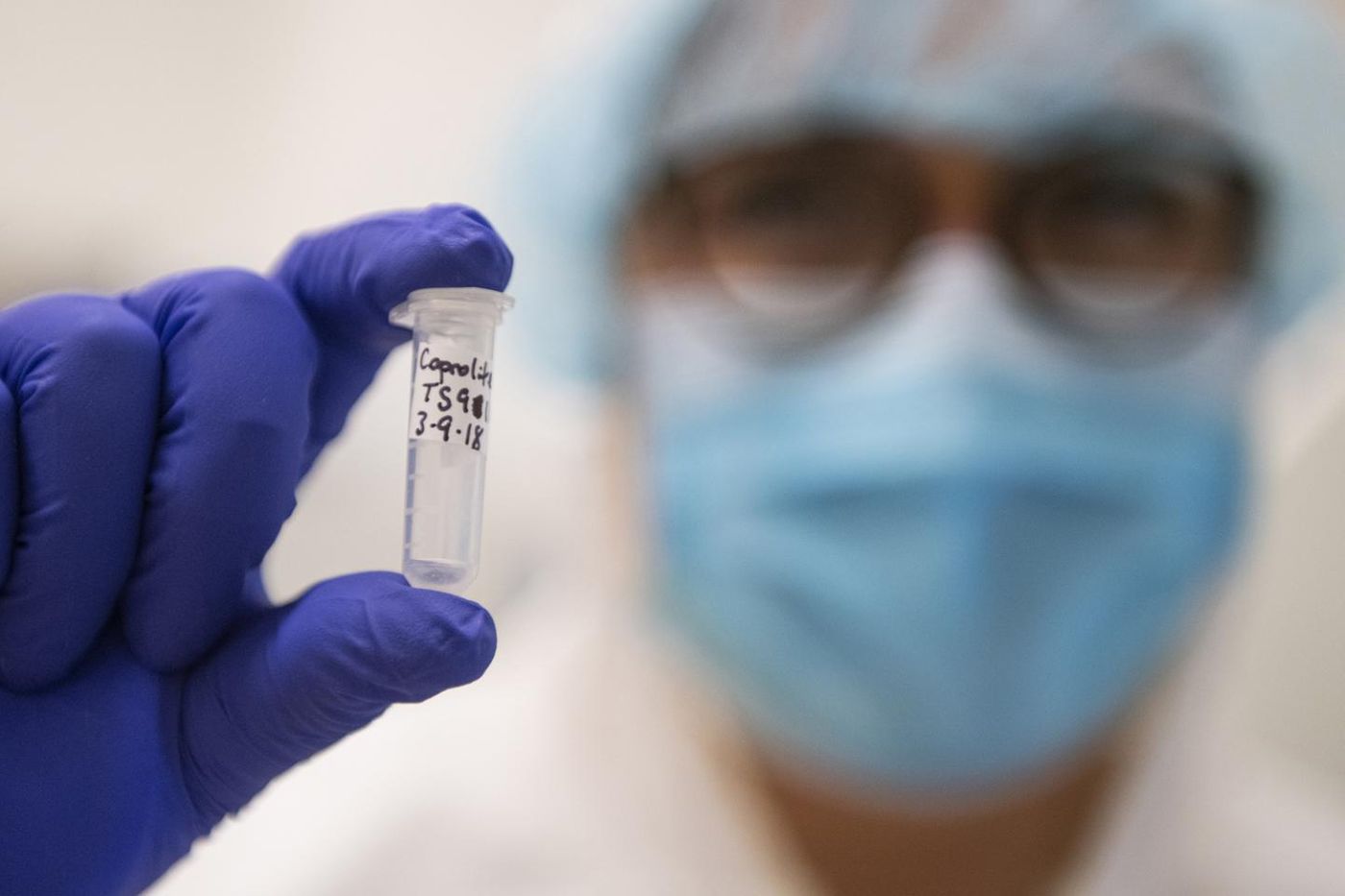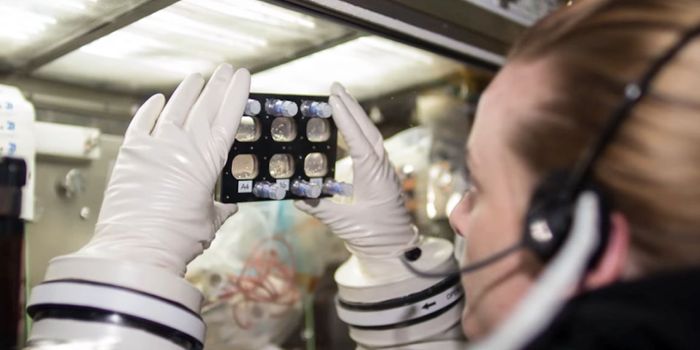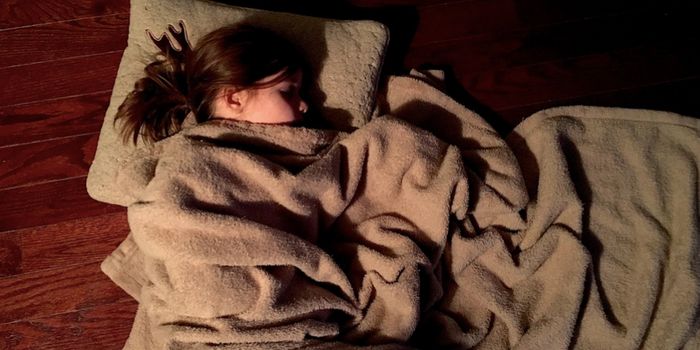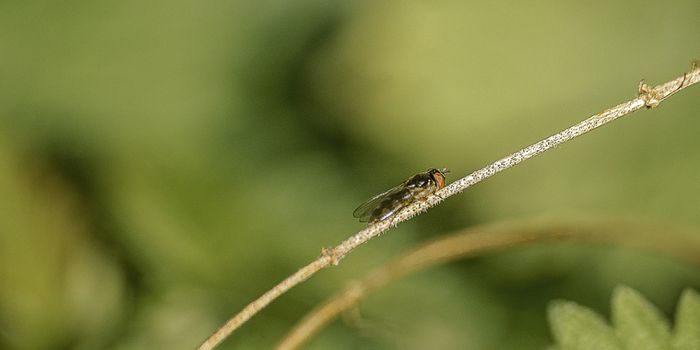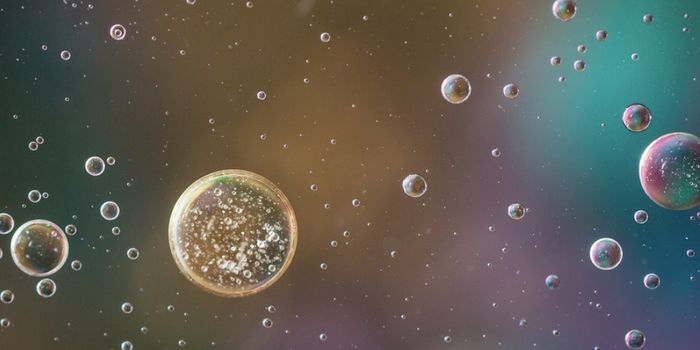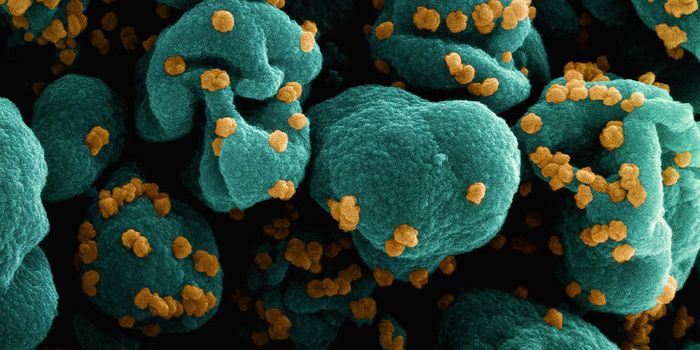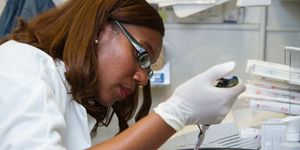The Gut Microbiome Was More Diverse in Ancient People
What can we learn from a specimen of ancient poo? A lot, it turns out. Scientists have now reported their findings from an analysis of thousand-year-old human paleofeces in Nature. The work revealed that ancient people had far more diverse microbial species in their guts compared to modern humans. This work may help researchers learn more about diseases that are more prevalent in industrial societies.
"We need to have some specific microorganisms in the right ratios for our bodies to operate effectively," said study co-author Dr. Meradeth Snow, co-chair of the University of Montana's Department of Anthropology. "It's a symbiotic relationship. But when we study people today - anywhere on the planet - we know that their gut microbiomes have been influenced by our modern world, either through diet, chemicals, antibiotics, or a host of other things. So understanding what the gut microbiome looked like before industrialization happened helps us understand what's different in today's guts."
The samples used in this study were collected from dry caves in Utah and northern Mexico. "The caves these paleofeces came from are known for their amazing preservation," said Snow. "Things that would normally degrade over time look almost brand new. So the paleofeces looked like, well, feces that are very dried out."
After being careful that nothing would contaminate the ancient samples, the researchers sequenced the DNA in the paleofeces to identify the microbes that were preserved in it, as well as confirming that it was from ancient people.
In previous work by several of the study co-authors, a study of health records of Russian and Finnish children revealed that kids who grew up in industrialized areas were more likely to have type 1 diabetes, and they had gut microbiome compositions that were very different from kids that grew up in non-industrialized areas.
"We were able to identify specific microbes and microbial products that we believe hampered a proper immune education in early life," said senior study author Aleksandar Kostic of the Joslin Diabetes Center. "And this leads later on to higher incidents of not just Type 1 diabetes, but other autoimmune and allergic diseases."
Kostic was interested in knowing more about what a healthy gut microbiome looks like, and he hypothesized that no modern people would be carrying truly healthy microbiomes. So, they looked to the eight ancient samples from the desert Southwest and compared them to samples from modern people that eat grocery store food, and modern people eating food grown in their communities. They found significant differences.
There weren't as many antibiotic resistance genes in the ancient microbes. The ancient gut microbes also didn't have as many genes whose proteins threaten the mucosal layers of the gut. One bacterium, Treponema succinifaciens, wasn't found in modern poeple, but it was in all eight of the ancient microbiomes. There were also more similarities between the microbiomes of ancient people and those that currently eat local food, compared to people that currently eat grocery store food. About 40 percent of the microbial species in the paleofeces have not been seen before this.
"In ancient cultures, the foods you're eating are very diverse and can support a more eclectic collection of microbes," Kostic suggested. "But as you move toward industrialization and more of a grocery-store diet, you lose a lot of nutrients that help to support a more diverse microbiome."
The researchers also took the time to ensure that ethical considerations were taken, and indigenous communities were kept informed.
"This was a really vital part of the work that had to accompany this kind of research," noted Snow. "Initially, we sent out multiple letters and emails and called the tribal historic preservation officers of all the recognized tribes in the Southwest region. Then we met with anyone who was interested, doing short presentations and answering questions and following up with interested parties.
"The feedback we received was noteworthy, in that we needed to keep in mind that these paleofeces have to ties their ancestors, and we needed to be - and hopefully have been - as respectful as possible about them," she continued.
"There is a long history of misuse of genetic data from Indigenous communities, and we strove to be mindful of this by meeting and speaking with as many people as possible to obtain their insights and perspectives. We hope that this will set a precedent for us as scientists and others working with genetic material from Indigenous communities past and present."
Sources: AAAS/Eurekalert! via The University of Montana, Nature
